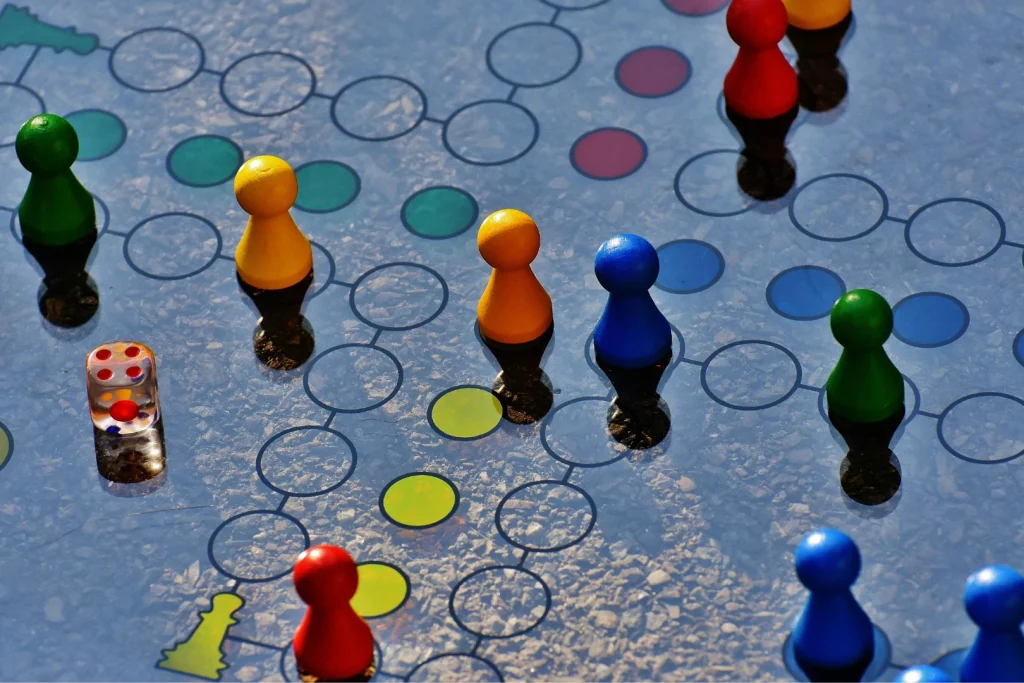The Purpose of Board Game Manufacturing
Games made on boards have been around since old times to provide fun, companionship and exercise of the mind. However, before these games make their way into homes and onto gaming tables, they must pass through a necessary step: board game manufacturing. The process is multi-faceted as it transforms the designer’s imagination into something that can be felt with fingers.
Examining what board game manufacturing is meant for and the importance
Before they are mass produced, games go through a long stage of prototyping and refinement. Prototyping phase allows for experimentation with various materials, component sizes and layouts therefore enabling designers to find a balance between aesthetics functional enough for players to get fun out of them.
Once the prototype is perfected, component production follows suit during the manufacturing process. It involves designing all physical elements constituting the game such as boards; cards; tokens; dice among other unique components. Various techniques ranging from conventional printing methods to advanced ones like injection molding or die-cutting are used by manufacturers in order to produce these components using different materials. The choice of materials together with production methods employed affects either visual activeness or total quality of final goods.
Through the entire production process quality assurance and testing are at the core. To ensure that all components satisfy stringent accuracy, consistency and durability criteria, several quality control measures have been instituted by board game producers. For example, there might be stress tests on cards and game boards to see if printed materials retain their colors or checking token and dice measurements, amongst other things. Any deviations or defects identified will be rectified prior to final assembly hence customers will only buy high quality products.

Following the production and inspection of all elements involved in the game, its manufacturing is moved to the assembly and packaging stage. It involves cautiously putting together different parts while ensuring they are well-adjusted and there is an excellent overall appearance when one looks at them simultaneously. Manufacturers often use eye-catching graphics consisting of vivid captions plus secure closures across a range of packing materials, including descriptive texts, to enhance the overall product experience.
The last stage in the manufacturing of board games is distribution and logistics. It may entail coordinating shipments across different parts of the nation, managing inventory levels or implementing tracking systems for products flowing through the supply chain. Games availability at the consumer level will be maintained while mitigating product shortages and delays through effective distribution and logistics strategies. Such practices include material recycling, production methods that use less energy and generate minimum waste as used by many green board game producers.
The purpose of board game manufacturing is not just about making them alone. It is a careful process that blends imagination precision and industry knowledge to turn an artist’s idea into something tangible that fascinates gamers all over including all stakeholders in the industry who want it manufactured effectively using industrial designs patent. Every step from prototyping stage down to final distribution plays its part in immersing players into worlds full of strategy, adventure, and friendly competition.
Closing
Today’s popularity of board games makes manufacturers even more important. Quality, innovation and customer satisfaction have continually been advocated for thereby positioning board game makers at a strategic position influencing dynamic growth in the gaming fraternity.